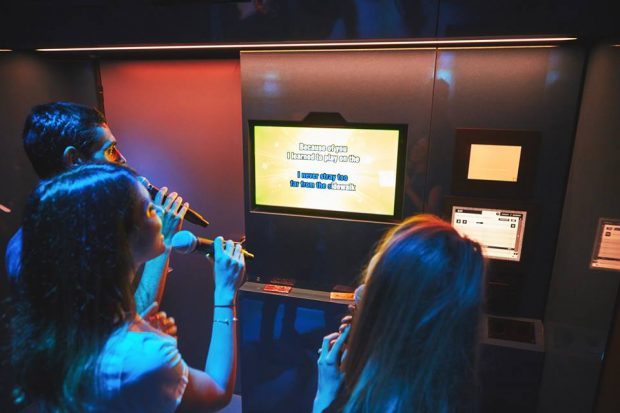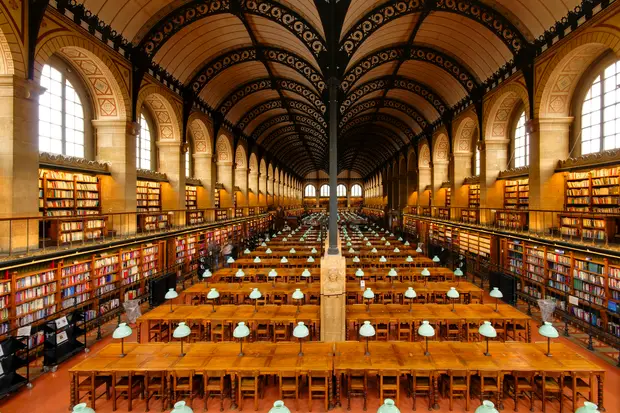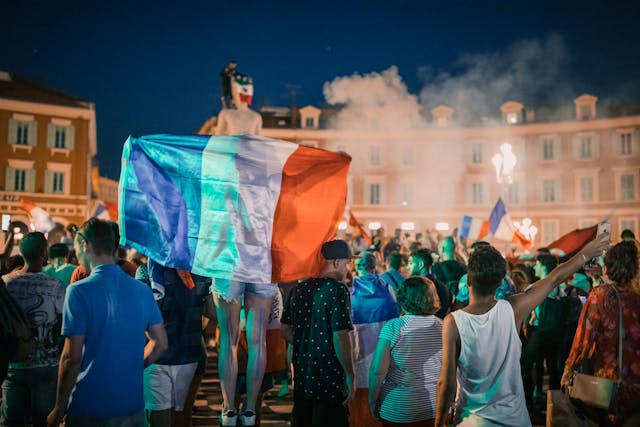Paris is a city of light, but it has a dark side. There are many cultural, architectural and social elements that tourists and even Parisians don’t know about. Here’s a list of 20 facts that I’m sure will blow your mind and teach you more about the amazing city of Paris.
1. Opéra Garnier’s underground lake
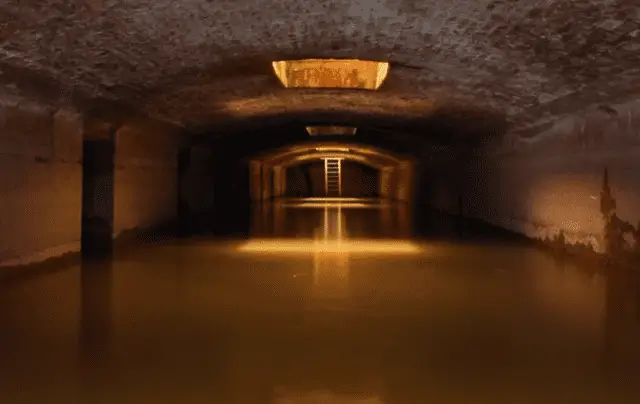
In 1862, Charles Garnier started the building of the famous Opéra de Paris, which would later on be given his name.
However, he encountered a big issue: the building’s foundations were endangered by the swampy ground on which the architect planned to build. He then decided to build a concrete liner filled with water to block infiltrations.
Inaccessible to the public, the 10,000-cubic-meter lake is today used by the scuba divers of the Paris fire brigade for their training.
2. It’d take 35 days to visit the entire Louvre Museum
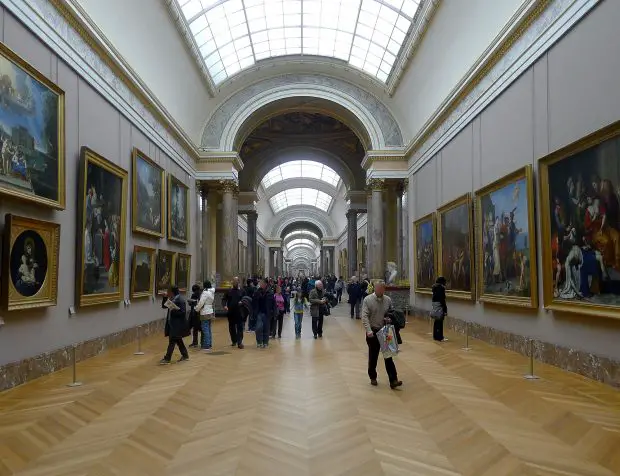
The Louvre Museum is the world’s most popular museum, welcoming around 9 million visitors every year. Its popularity is partly due to its eclecticism and its great variety of pieces of art.
The museum lists a total of 460,000 pieces, but “only” 35,000 are shown to the public. It is the biggest collection on the planet. If you wanted to see every artwork if only for 30 seconds each, it would take you 35 days.
3. There are 14 abandoned metro stations
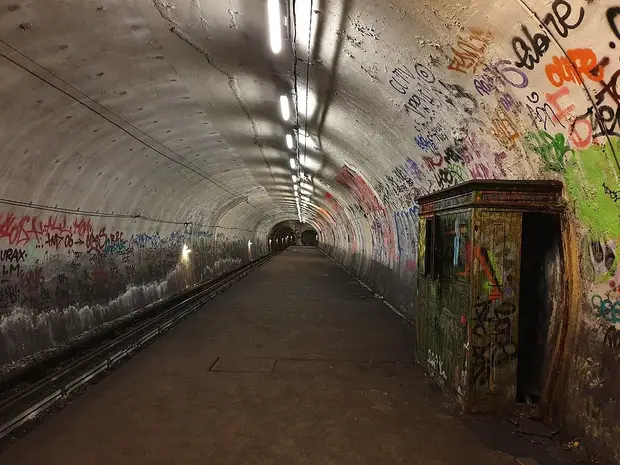
Although it has almost 400 stations, the Paris metro’s network keeps a few secrets.
Actually, no less than 14 stations are listed as “abandoned”, “no longer in use” or “never used”.
Most of them, like the station Molitor, are now used as a garage for the storage and maintenance of the underground trains. One of these abandoned stations, Porte des Lilas, is even used as a film set and can be rented by production companies.
4. The most visited monument isn’t the Eiffel Tower
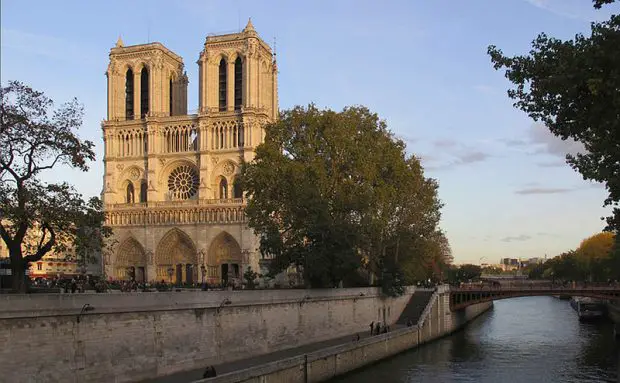
Contrary to popular belief, the Eiffel Tower is not the most visited monument in Paris!
Indeed, the “Iron Lady” is only ranked fourth among the most prized by tourists.
Against all the odds, the cathedral Notre-Dame ranks first, followed by the Sacré-Coeur Basilica and the Louvre Museum.
Notre-Dame welcomes more than 12 million visitors per year, while the Eiffel Tower “only” has 7 million people visiting it.
5. Emmanuel, a hell of a bell!
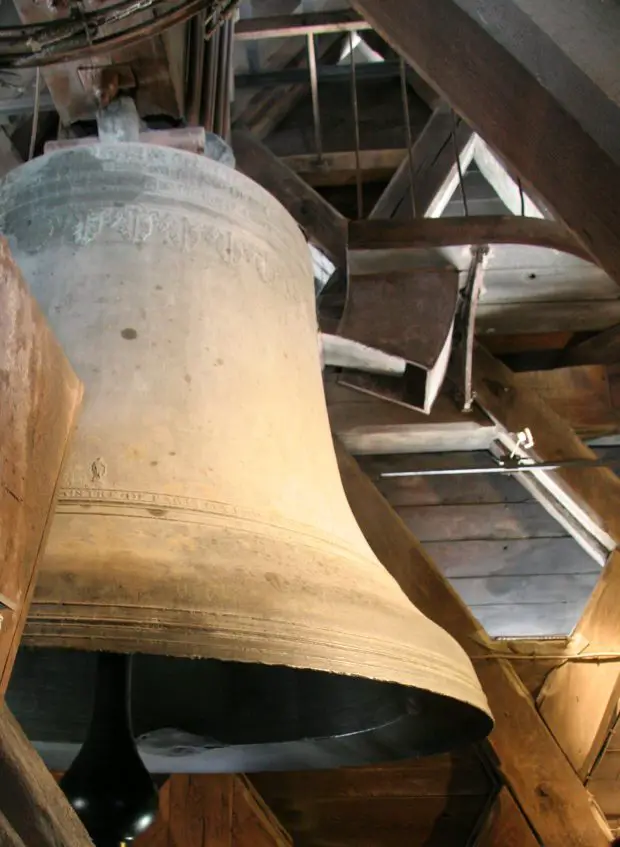
The aforementioned cathedral houses a particular individual called Emmanuel.
Emmanuel is the name given to the tenor bell of Notre-Dame’s south bell tower.
This 13-ton bell is one the heaviest in France, but its clear and light sound is acknowledged worldwide.
6. The last guillotine spot in Paris
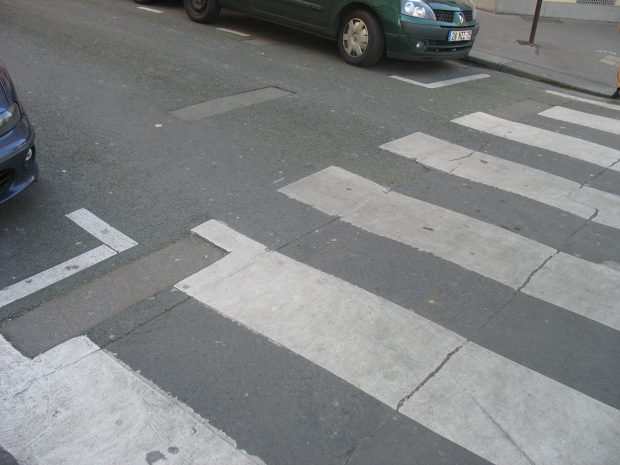
Within Paris’ 11th district, at the corner of the streets of La Croix-Faubin and Roquette, there are five concrete plates that pop out of the asphalt around them.
Those five spots are what is left from the French guillotine.
Actually, located right in front of what used to be the Grande Roquette prison, they have been concreted since 1851 when the scaffold was transported out into the street so people could witness the public executions.
These marks of the former French judicial system have been kept and are still visible today.
7. The Parisian depths
French people’s imagination has long been fed with stories as strange as each other about the capital.
The underground network of the catacombs, partly forbidden to the public, has logically become a source of fantasy. It turns out that, beyond the ossuary, everybody knows about and can visit, there are way darker and more mysterious things.
Stories about secret groups using the abandoned parts of the metro for meetings are reported. Some curious people have already been down there at their own risk … Authorities found a movie theatre, a projection room, seats and fold-up seats, and even a bar and a popcorn machine. Who knows what really goes on underneath Paris?
8. The restoring “Goblins”
One morning in 2007, the city of Paris woke up with a surprise: the Pantheon’s clock had been fixed and wound up, and was working perfectly.
Simply a restoring work from the city of Paris, you would say? Absolutely not. Mr. Bernard Jeannot, the monument’s administrator, discovered it at the same time as everybody else.
What happened then? This totally selfless restoring work had been performed by a clandestine group, the Urban eXpermient (the UX).
This group aims to use and convert places left unoccupied in the city for non-profit making. Most of the time, they break into sites they want to renovate. They do so clandestinely and for the enjoyment of Parisians, who have no idea about what is really going on.
9. Place de la Concorde, the world’s biggest sundial
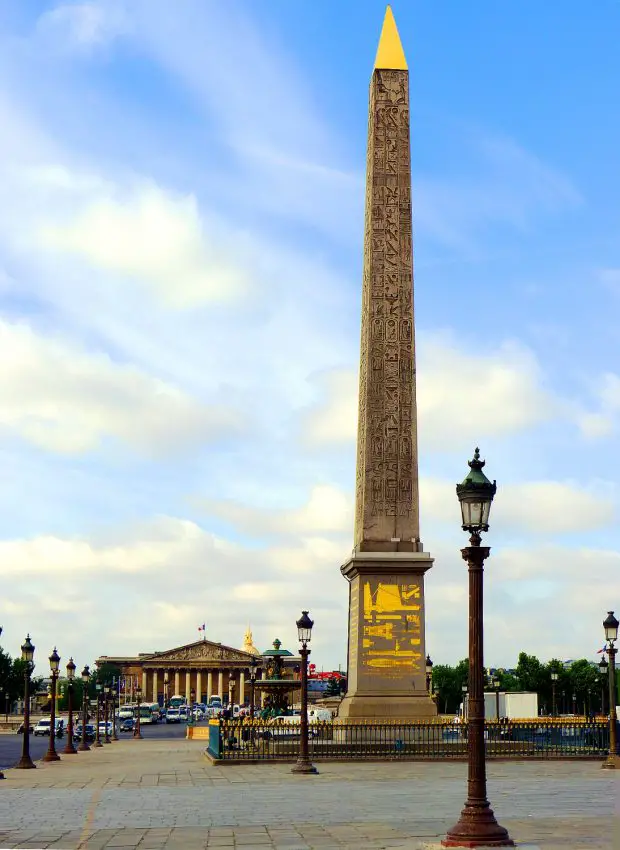
Paris also has an obelisk. Erected at Place de la Concorde, it originally took center stage in front of the Luxor temple in Egypt back then, before being offered to France by the vice-king Mehemet Ali to Charles X in 1830.
But did you know that apart from its symbolic function in marking the Franco-Egyptian friendship, it is also used as a sundial?
Actually, the Place de la Concorde is crossed by lines with Roman numerals written on them. Throughout the day, the shadow of the obelisk gives you the time. Clever, isn’t it?
10. The crocodile in the sewers
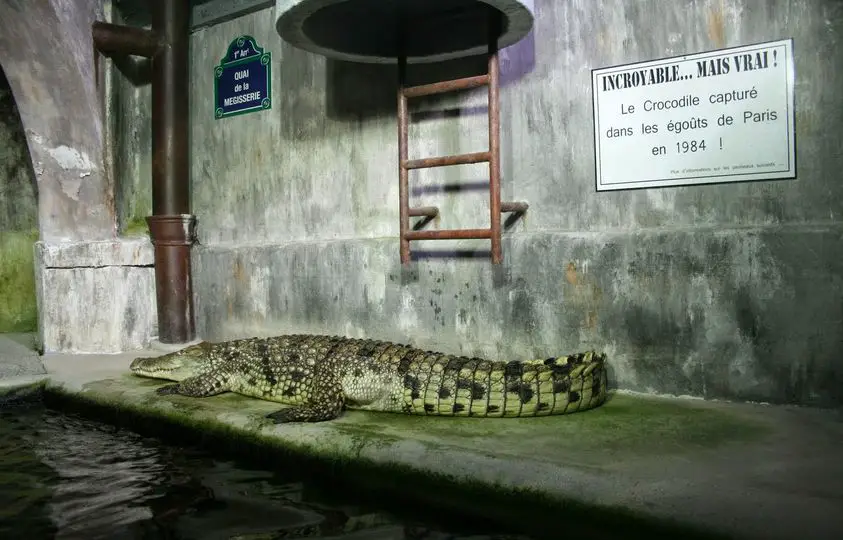
Plenty of legends exist about the underground Paris: ghosts, catacombs, monsters, extraordinary beasts in the sewers…
Well, in 1984, reality took over fiction. Cleaners working for the city of Paris reported that an animal had been spotted swimming in the sewers’ water.
City firemen then investigated, and what they discovered astonished them: it was a crocodile, approximately a meter long, which was wandering in Paris’ underground waters.
The funniest? It was a crocodile from the Nile. Quite a long way! Retrieved by the Paris firemen, the little crocodile now enjoys life at the Vannes aquarium in Brittany.
11. The one and only Stop sign got removed
To drive in Paris is often seen as an ordeal by car drivers passing through, or even regular ones. The permanently dense traffic gives a cold sweat to many, and we often come to wonder why there aren’t more car accidents than there are on Paris’ roads.
It actually might be thanks to the “priority to the right” rule going on across the whole city.
The only signage you can find in Paris is the traffic lights, but there’s one exception.
On the Saint Exupéry dock, at the exit of a construction company, was the one and only “STOP” sign in Paris. In 2012, it was finally replaced by a “no left turn” sign.
Paris holds the world record for the fewest amount of stop signs.
12. The policemen, A.K.A, the “chickens”
Policemen have a lot of nicknames in French, and most of the time they are not really flattering.
They might be different from one region to another, from one generation to another… but there’s one that is universal to all French people: “les poulets” (“the chickens”).
But why this nickname? Don’t search for it; you won’t find it.
In 1871, the city of Paris was facing the riots of the Commune, and a lot of buildings were vandalized and burnt down, including the police headquarters. Jules Ferry, mayor of Paris at this time, did his best to find the police officers a new place. He sent them to the City station, on the île de la Cité, which had been built over the site where the Paris poultry market used to take place.
The more subtle ones didn’t miss out on calling the Parisian policemen “chickens”, before this nickname spread to all French police officers.
13. The impregnable Eiffel Tower
Among all the moments that the city of Paris went through, there’s one that’s definitely darker: the German occupation during World War 2, between 1940 and 1944.
Displeased Parisians took part, in their own style, in the war effort. Indeed, in June 1940, Adolf Hitler came for a quick visit of Paris, a city that he had been admiring his whole life because of his taste for art and architecture.
He went through the Opera, Montmartre, the Invalides, and certainly would have loved to get to the top of the Eiffel Tower. However, the cables of the elevators going to the very top of the tower had mysteriously been cut overnight, preventing the Germans from climbing the capital’s emblem. Highly symbolic…
14. Swimming in the Seine River
The River Seine’s water is not renowned for its healthiness. Filthy, polluted and unsuitable for consumption, no one today would risk taking a dip, even less drinking it.
Yet, until the 1920s, some Parisians did not hesitate to drink the Seine’s water, to wash their laundry in it and even swim in it.
Scientists analyzing the river’s water realized that it was very toxic and dangerous, immediately putting an end to those aquatic activities in the Seine.
15. “Bursting Noon”
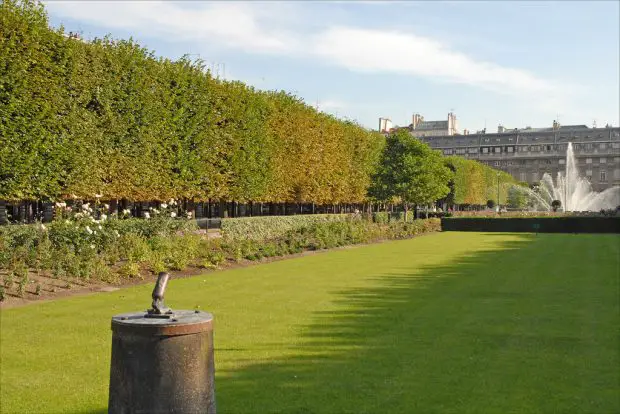
A lot of French idiomatic expressions have their origin in the events that occurred in Paris, as in the case of the expression “Midi pétante” (“bursting noon”).
In 1876, a Parisian clockmaker, Mr. Rousseau, had the idea to create a sound system that announced to people when they had to adjust their watches – a small cannon, set in the gardens of the Palais Royal, whose fuse was ignited through a system of lenses that would set it on fire when it was noon on sunny days. When you were to hear the cannon burst, you knew it was “bursting noon”.
16. A few extraordinary deaths
The way you die doesn’t necessarily depend on how great your life was. In fact, some great individuals died in Paris in a way we could qualify as… lame.
That’s the particular case of Jean-Baptiste Lully, Sun King’s official composer. Anger-stricken during a rehearsal, he hit the ground pretty hard with his metal directing stick, unfortunately hurting his toe. His leg became infected and he died of the gangrene.
We can also talk about the Science Nobel Prize winner Pierre Curie, who inadvertently died in 1906, his head crushed by a horse and carriage after having slipped on a wet road, right after a researchers’ meeting.
Finally, the funniest story of all and maybe already known by some of you, is that of Franz Reichelt, a Franco-Austrian tailor who, in 1912, wanted to try out his new prototype of an aviator suit, convertible into a parachute, by jumping from the 2nd floor of the Eiffel Tower, that is to say 57 meters high. As his system didn’t work, he died instantly on impact.
17. “The Iron Lady”, a temporary work
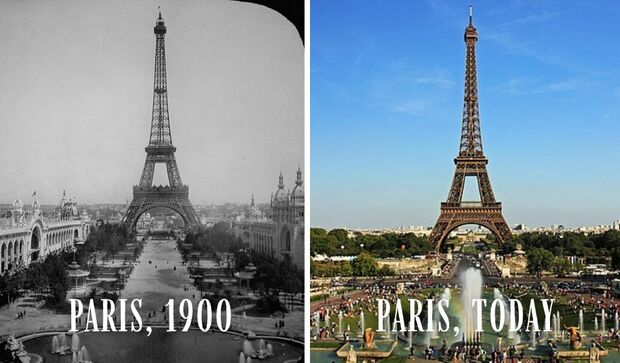
The Eiffel Tower is a prominent 324-meter-tall structure. Its building came as a result of Gustave Eiffel and his engineer’s imagination, as they were looking to brighten the Parisian landscape up for the 1889 World Fair in Paris.
The construction was a real success, and people were converging to see the famous tower.
However, it was originally agreed that the tower would be dismantled and destroyed at the end of the event.
It was saved thanks to Mr. Eiffel’s efforts, who promoted it as a tool for scientific studies, allowing meteorological, radio and television experiments with his tower.
Imagine what Paris would have been without the Eiffel Tower!
18. A highly prized film shooting place
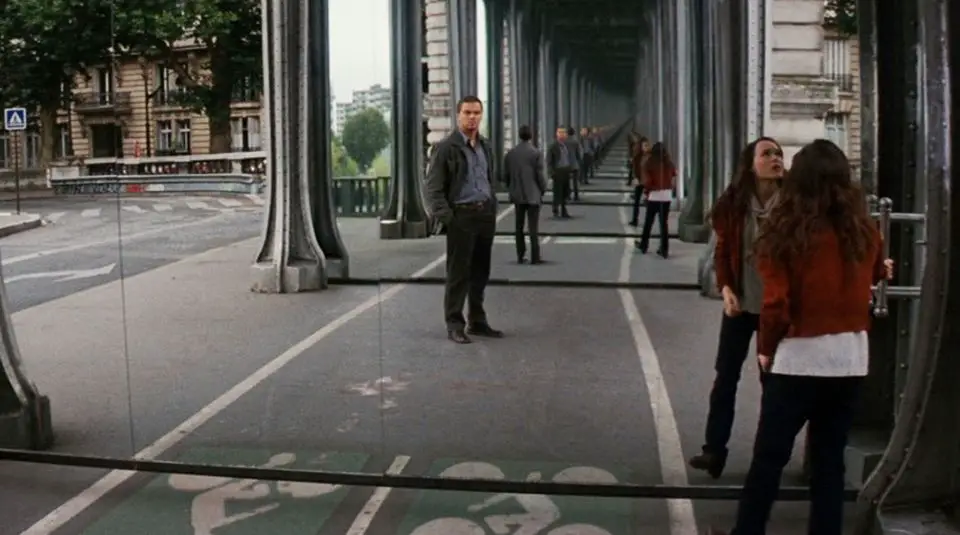
A great number of movies, foreign and French, have scenes taking place in Paris.
Actually, we can count as many as ten shootings, for movies or commercials, performed in the capital EVERY DAY.
It’s free to shoot in the streets of Paris, but you have to pay a fee and get permission from the city council to shoot in gardens, museums or pools.
19. The carrier pigeons

Among all European armies, the French army is the only one that still has pigeons trained to carry and transmit messages.
Even if this practice can be seen as disused in the era of digitization and the new information and communication technologies, it is considered by military staff as necessary and an alternative in case of a major breakdown in the conventional technologies.
You can encounter this military dovecote within the barracks of the 8th Transmissions Regiment in Mont-Valérien, near the capital.
20. Districts have names
Only a few people know it, but the different Parisian districts, in addition to being numbered, all have a name.
Established in 1859, the current districts, their numbering and their names haven’t changed since then. We have, for example, the “Louvre district” for 1st district, the “Popincourt district” for the 11th, or even “Elysée” for the 8th …
I aim to share my tips and recommendations for the beautiful country of France. My goal is to help you plan your next adventure, whether it’s a weekend getaway or a once-in-a-lifetime trip. From finding the best hotels and restaurants, to discovering unique activities and sights, I’ve got you covered!

